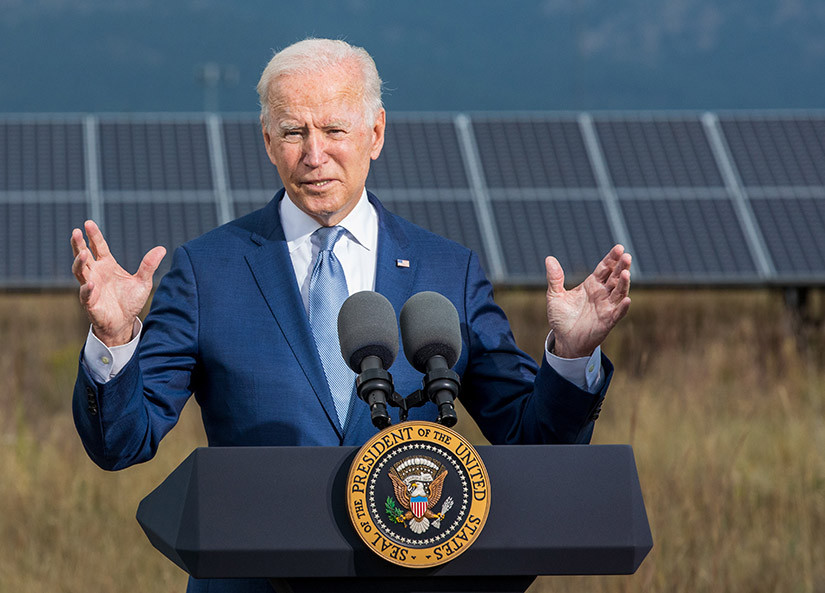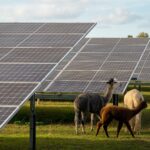Solar energy is on the rise… no doubt about it. Costs are coming down, and once it makes sense economically, there is no reason for utilities not to embrace solar energy. President Joe Biden’s aim with his announcement of setting forth a blueprint for 45% of the nation’s energy to come from solar by 2050, enough to power all American homes according to the Energy Department, is to accelerate the process of converting to solar energy because this is the most effective way to combat climate change.
His view is simple – we have the tools, but not time.
Some of the impediments so far, which Biden’s plan takes aim to cure, are as follows.
Utility’s Ability to Consistently Provide Affordable Energy
Ultimately, utilities are responsible for providing low cost and reliable energy to their customers. At Scout Land Consultants, we work daily with developers and can tell you that there is no shortage of suitable land, qualified and capitalized developers, and interested landowners. The challenge actually lies with the time and risk of developing a project – specifically in relation to interconnecting a project with the local power grid and pushback received during the local permitting process.
While fighting climate change may be a national priority and we may agree that solar is the best place to start, utilities must easily see a path to integrate with solar projects without compromising the deliverability of reliable and cost-effective energy.
This is why we believe Biden’s plan is investing in the right places.
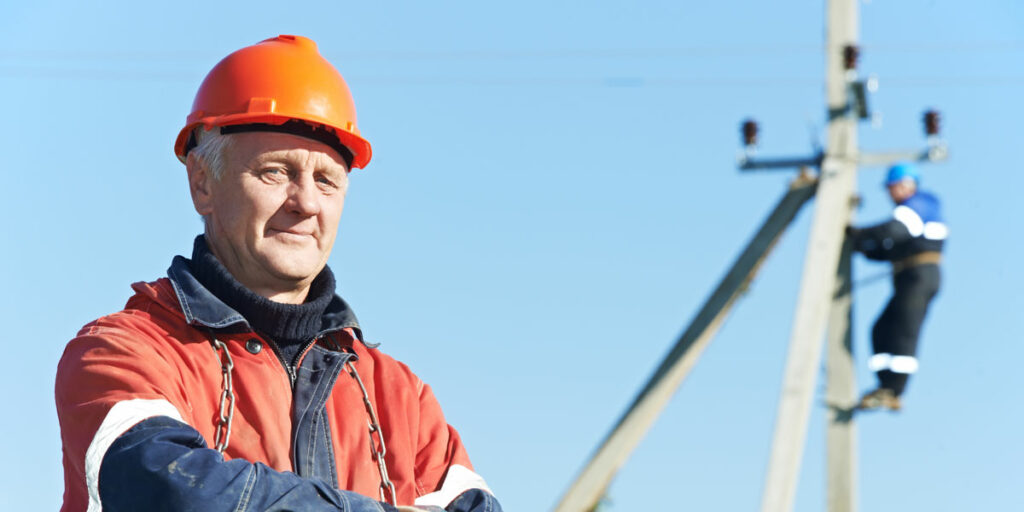
Incentivize Utilities to Adopt Solar
Biden’s plan is aggressive, requiring tax credits for the utilities in order to achieve. Through these tax credits, the utilities will be able to offer customers on the grid the affordable rates they are used to, reducing the amount of pushback that we would anticipate to experience otherwise. Luckily, we have seen a significant overall decrease in the cost of solar panels, making them the cheapest source of energy in many parts of the country, which, paired with tax credits, should only help to keep costs low for consumers.
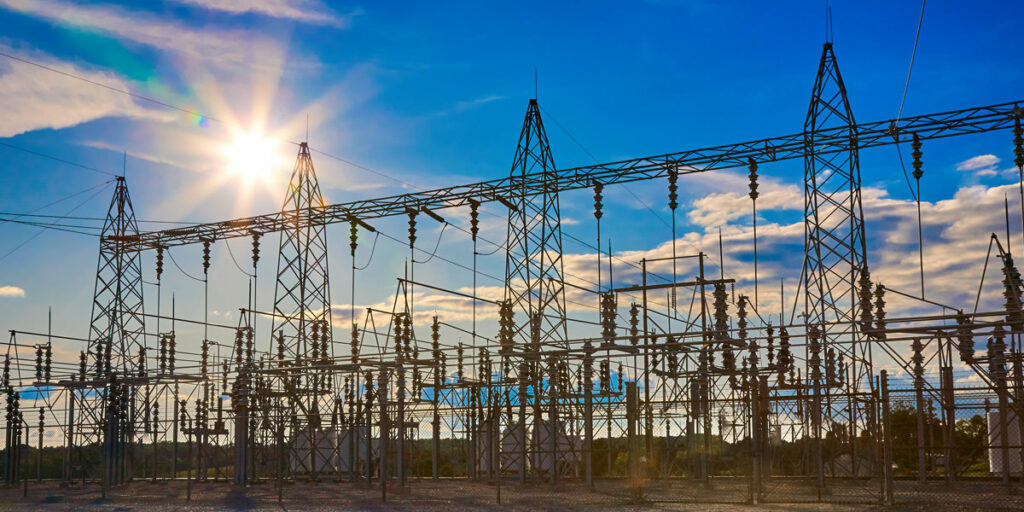
Improve the Transmission Grid
While cost for the end user is a major factor, perhaps one of the most important things that will need to be thought about as we start working towards this goal for more sustainable energy, is all that will need to be done to the transmission grid(s) itself. Converting to a grid built for solar energy from the existing grids built originally for coal, natural gas, and nuclear power plants, will mean a need for almost a completely new grid system, plus the addition of batteries for storing additional energy, new transmission lines, etc. to ensure every component has the ability to soak up sunshine and be converted and stored for useable energy.
To achieve this, a clear actionable plan will need to be in place to ensure smart and quick policy decisions are made that keep things moving forward. It is fair to say that this step in the process will come with its own upfront expenses, so additional tax incentives and clear guidelines will be needed in order to avoid hold ups and guarantee costs remain as affordable as possible for all parties involved.
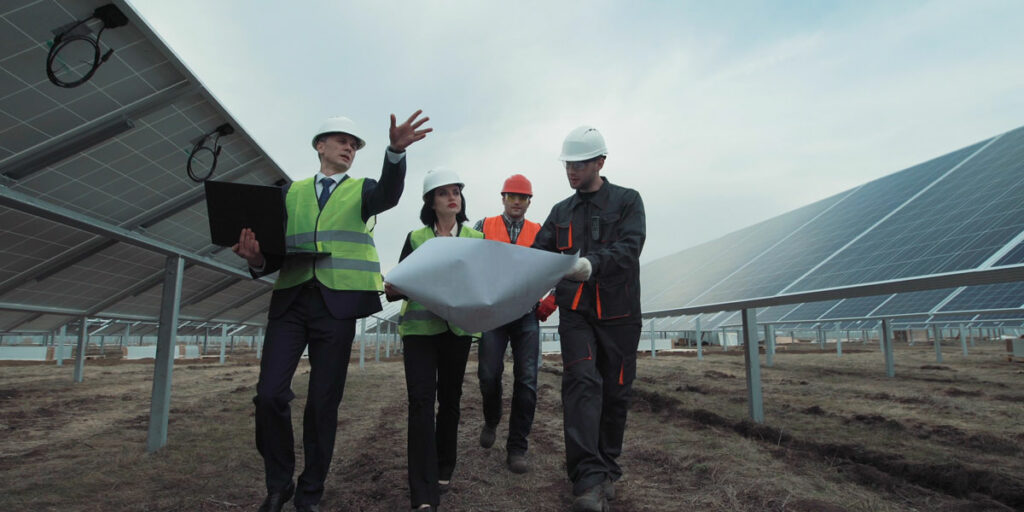
Reduce Red Tape for Development
By increasing the siting authority for new Transmission corridors of national security, President Biden is setting a precedent that if the states are not willing to move quickly enough, the federal government is happy to step in. To date, one of the biggest challenges our developer partners have faced in the solar development process is overcoming concerns by local government and communities.
While there are many things developers can do to help create better buy-in from the community, to achieve the ambitious goals set forth, developers will need to be able to move with speed and flexibility once contracts are executed between them, landowners and the local utilities.
While there are many other factors that will come into play in order for Biden’s solar energy goals to be achieved, these are the most pressing that need to have actionable plans and policies behind them in order to move towards sustainable energy.
At the end of the day, despite what side of the table everyone sits on normally, if we all work together, a significant impact can be made on our climate and local communities that not only positively impacts the environment, but also the communities who will benefit from the use of clean, sustainable energy.
If you would like to learn more about the solar activity in your area, please contact us and our team of land experts will perform a complimentary site review of your property.
